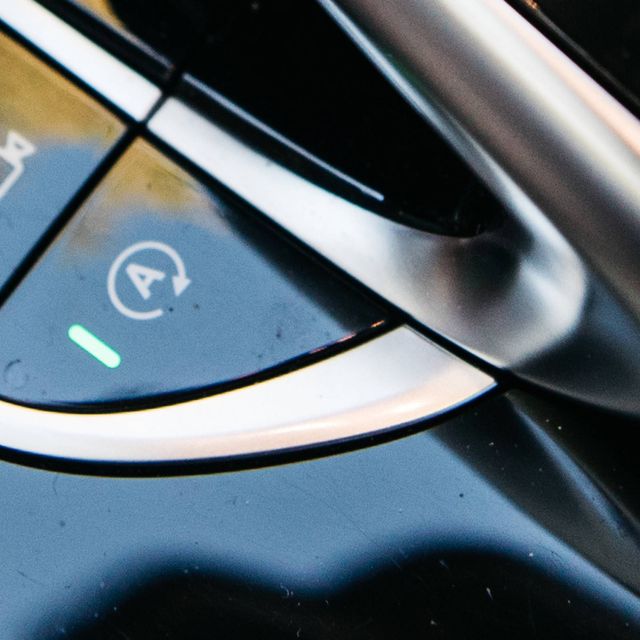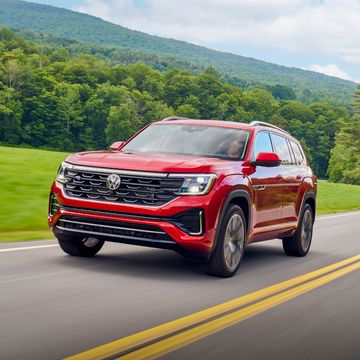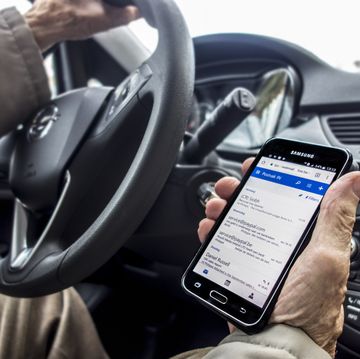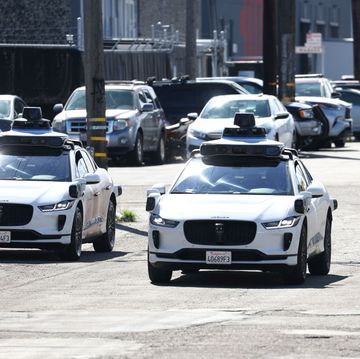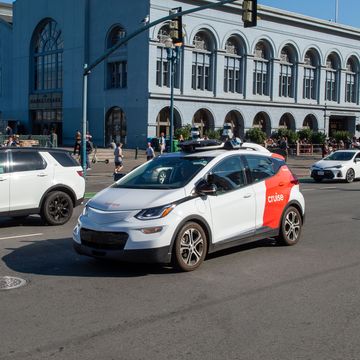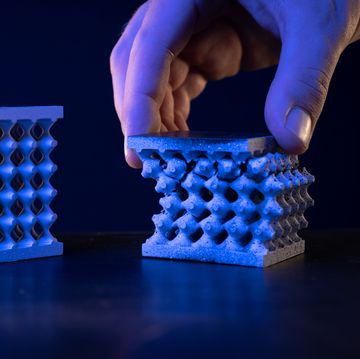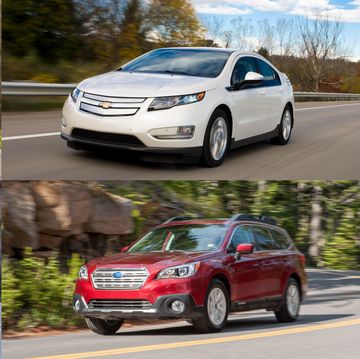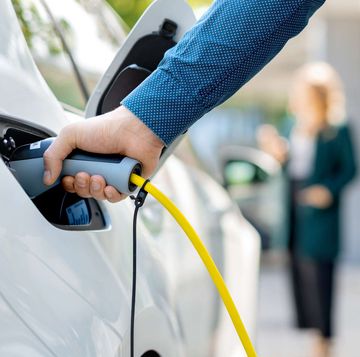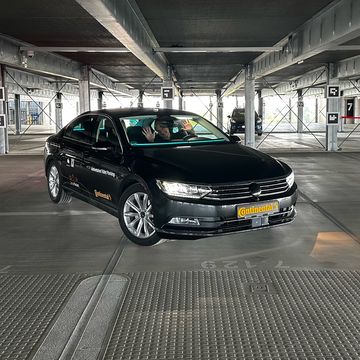More and more new cars now include automatic start/stop technology as a way to reduce fuel consumption. If you roll up to a red light, or get stuck in stop and go traffic, the engine shuts off on its own and takes a break, whether you asked it to or not. Ideally the engine then restarts and is ready to go again when you are, but many enthusiasts find these systems annoying because they can't get the engine running quickly enough when it’s time to move again. But the larger question among car nerds and the general public alike is whether these additional stop-start cycles hurt the engine.
That’s the question Autocar asked in a recent article about stop-start and the long-term impact on a car’s engine. According to their conversation with Gerhard Arnold at Federal Mogul, “A normal car without automatic start-stop can be expected to go through 50,000 stop-start events during its life time.” But with automatic stop-start that number can increase tenfold, Arnold says.
The root of the problem lies with the crankshaft making metal-to-metal contact with the main bearings, which happens every time the engine shuts off and stops lubricating those bearings with oil. That causes wear. But as stop-start proliferates, so too do new materials, technologies and lubricant additives that help engines withstand the added burden.
The question remains whether the manufacturers implementing stop-start are also adding these technologies to maintain durability. Some may be doing it better than others. As Autocar states, only time will tell. But in the meantime, Autocar also reminds us that these systems do indeed reduce fuel consumption as well as the resulting emissions from that consumption.
